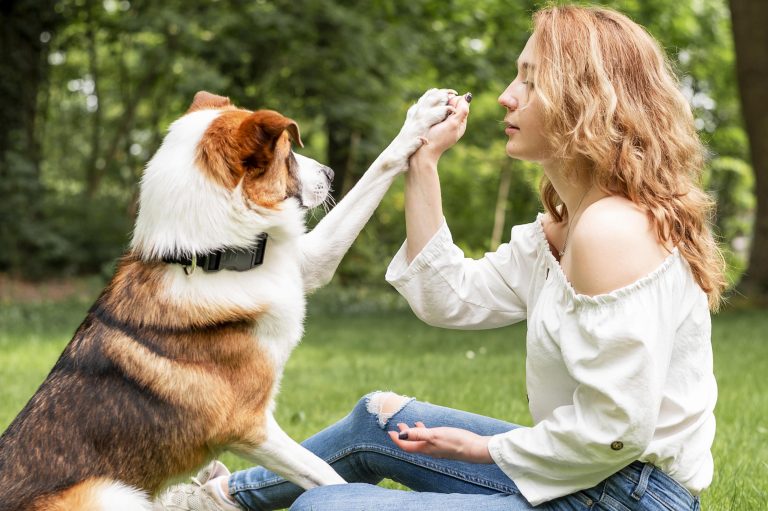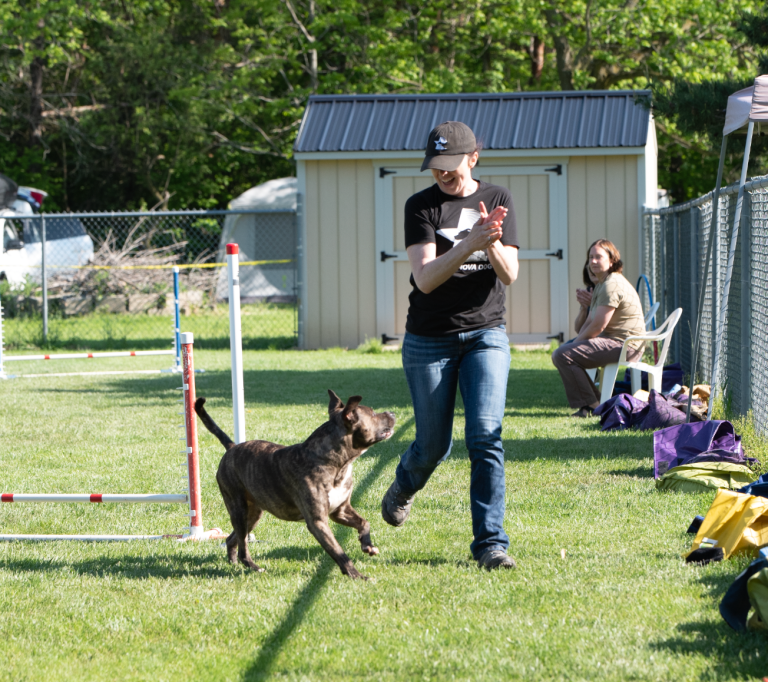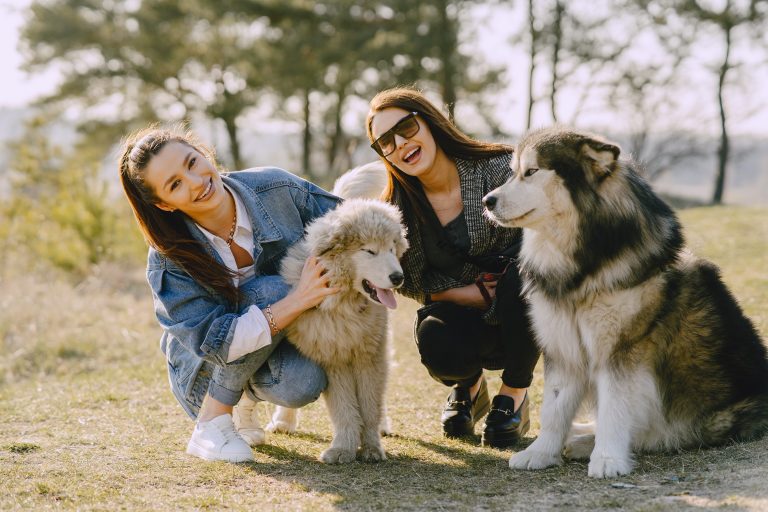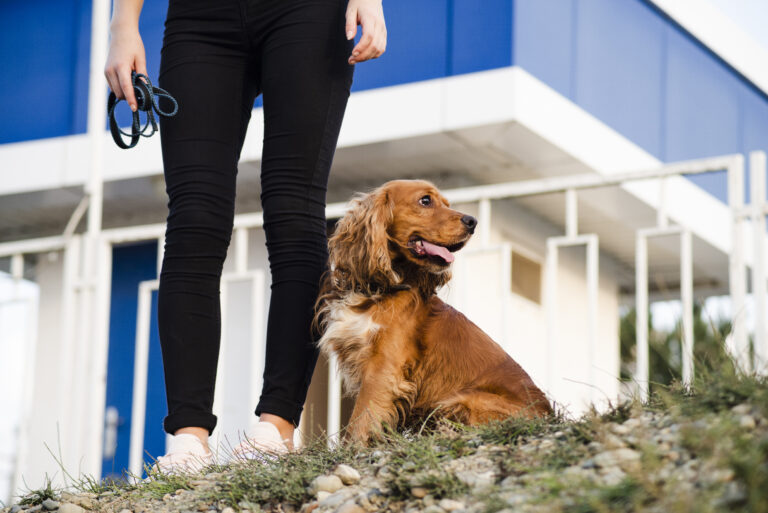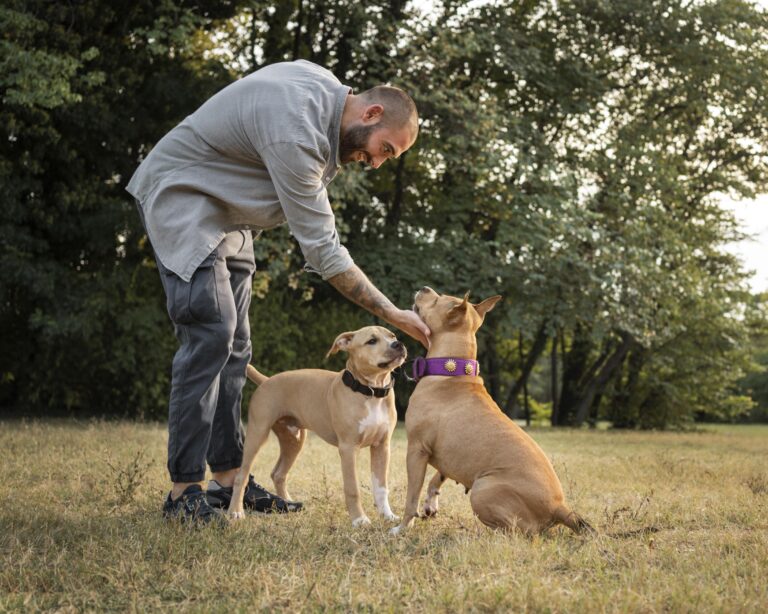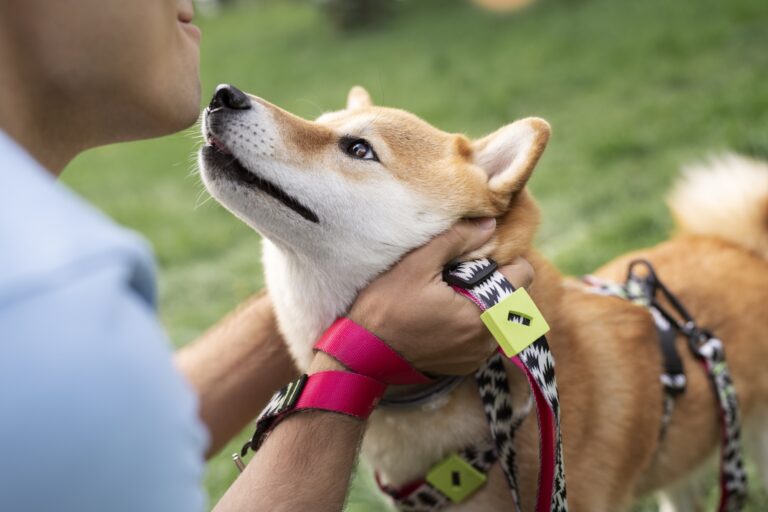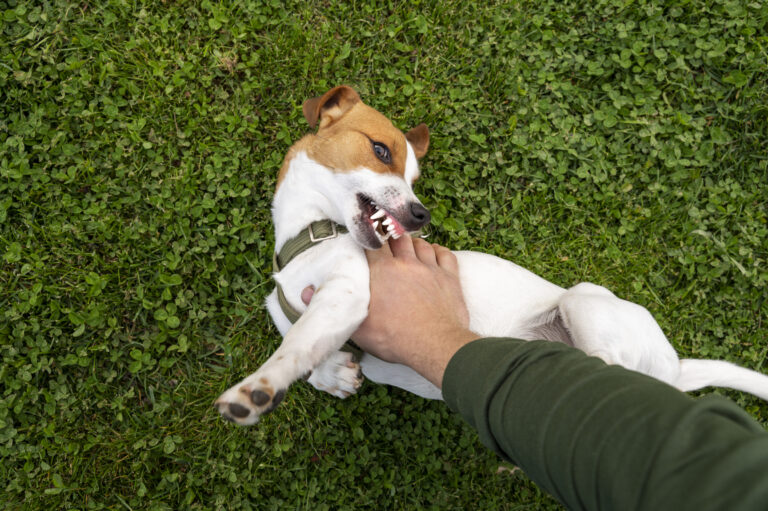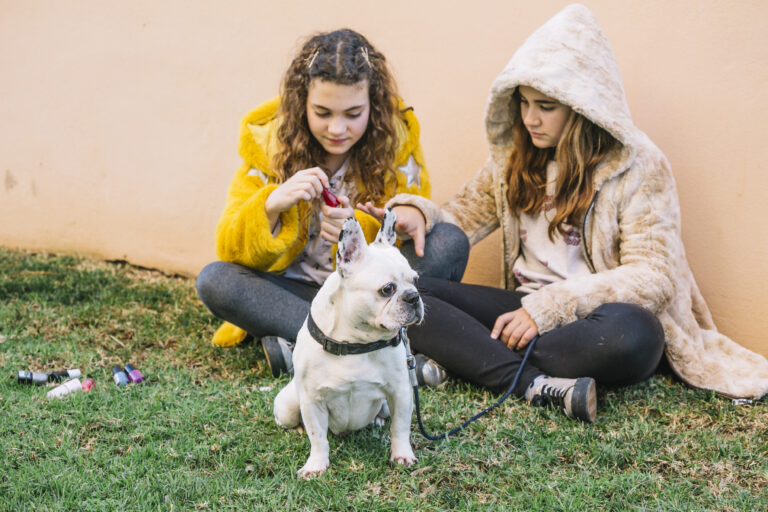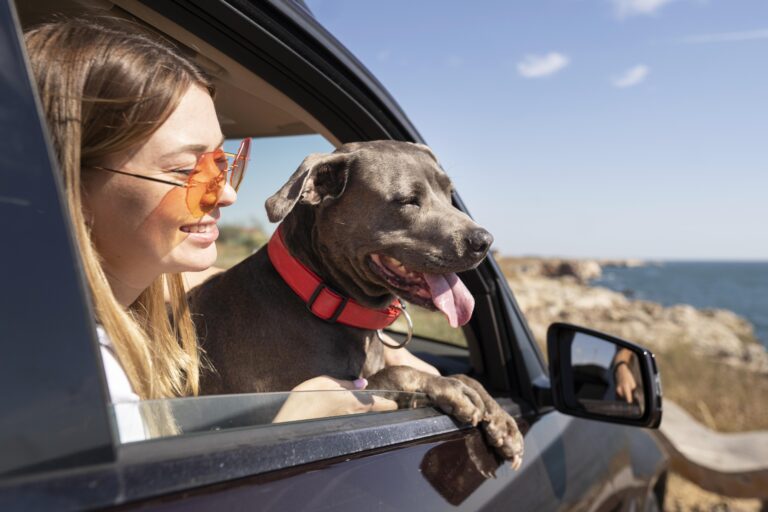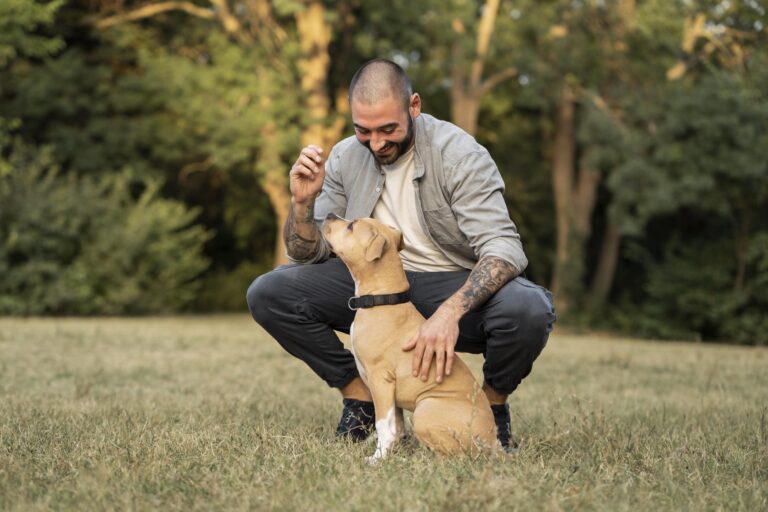The Role of Impulse Control in Distraction-Based Training in Dogs
Impulse Control in Distraction-Based Training is one of the most valuable skills your dog can develop. At the heart of this is dog patience—the ability to pause and think before reacting. Whether you’re passing other dogs, hearing loud noises, or training in busy areas, teaching your dog to stay calm and focused is essential. In…


